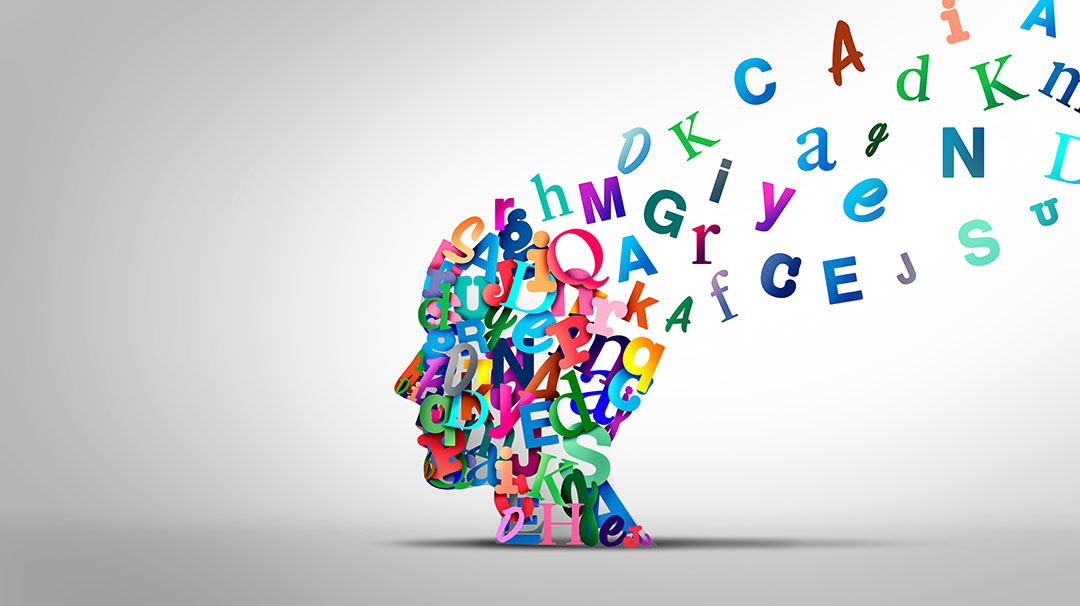Q: What is Decoding?
A: Reading decoding is a fundamental skill in the process of reading. It refers to the ability to translate written words into spoken language. When readers decode, they use their knowledge of letter-sound relationships to recognize and pronounce words. This skill is particularly important for early readers and individuals with reading disabilities, such as dyslexia.
Decoding includes:
- Letter Recognition: Readers identify letters and associate them with their corresponding sounds. For example, they recognize the letter ‘b’ and know it represents the /b/ sound.
- Phonemic Awareness: Readers break down words into individual phonemes, which are the smallest units of sound in a language. For instance, the word “cat” has three phonemes: /k/, /æ/, and /t/. Phonemic awareness helps readers understand the sound structure of words.
- Blending: Readers blend individual phonemes together to form words. Using the example above, they blend /k/ /æ/ /t/ to correctly pronounce the word “cat.”
- Word Recognition: Readers use their knowledge of letter-sound relationships and phonemic awareness to recognize whole words. As they encounter familiar words, they can recognize them quickly without having to sound out every individual letter.
- Contextual Understanding: Decoding also involves understanding the meaning of words within the context of a sentence or paragraph. Skilled readers not only decode words accurately but also comprehend the text as a whole.
Q: What is Reading Fluency?
A: Reading fluency is the ability to read with speed, accuracy, and appropriate expression. A fluent reader can read text smoothly and at a natural pace, while also comprehending the material.
Fluency is crucial for several reasons. First, fluent readers can focus on understanding the meaning of the text because they do not have to concentrate on decoding individual words. This ability to decode effortlessly allows them to comprehend the content more deeply. A fluent reader will also encounter a wide range of vocabulary words, which contributes to their vocabulary development. Exposure to varied words enhances their language skills. With fluency comes greater enjoyment, because they can engage with texts smoothly. This positive reading experience encourages them to read more, further improving their fluency and comprehension skills.
There are several components of reading fluency:
- Accuracy: Fluent readers can recognize and decode words accurately. They are able to read most words in a text without struggling or making frequent errors.
- Rate: Fluent readers read at an appropriate speed, not so fast that it hampers comprehension, and not so slow that it disrupts the flow of the text. The reading rate of a fluent reader is similar to how people speak naturally.
- Prosody: Prosody refers to the rhythm, intonation, and expression used when reading aloud. Fluent readers use appropriate stress, pitch, and pauses while reading, which reflects their understanding of the meaning and structure of sentences and paragraphs.
- Phrasing: Fluent readers group words into meaningful phrases, pausing at appropriate places. They understand the natural breaks in sentences and use these pauses to enhance comprehension.
Fluent reading is linked to academic success across various subjects. Students who can read fluently can access and understand complex texts in subjects like science, history, and literature.
Q: What is Reading Comprehension?
A: Reading comprehension is the ability to understand, interpret, and make meaning from written text. It involves several cognitive processes that enable readers to extract information, ideas, and themes from what they read. It goes beyond simply recognizing words and involves understanding the relationships between words, sentences, and paragraphs to grasp the overall meaning of a passage or text.
Key components of reading comprehension include:
- Understanding Vocabulary: Readers need a strong vocabulary to comprehend written material. Recognizing words and their meanings is essential for understanding the content.
- Decoding Skills: Proficient readers can decode words accurately and quickly, allowing them to focus on understanding the meaning of the text rather than struggling with individual words.
- Text Structure: Readers need to understand the organization and structure of different types of texts. This includes recognizing the main idea, understanding supporting details, identifying cause-and-effect relationships, and recognizing the sequence of events.
- Inference: Skilled readers can draw inferences, or logical conclusions, based on the information presented in the text. They can read between the lines and understand implied meanings.
- Context Clues: Readers use context clues from the surrounding words and sentences to figure out the meanings of unfamiliar words or phrases. Contextual understanding enhances overall comprehension.
- Summarization: Proficient readers can summarize the main ideas and important details of a passage in their own words. Summarization demonstrates a deep understanding of the material.
- Critical Thinking: Skilled readers engage in critical thinking by evaluating the information presented, questioning the author’s intent, and considering different perspectives on the topic.
Reading comprehension is a crucial skill that extends beyond the classroom. It is vital for academic success across subjects and is also essential for everyday tasks, such as understanding instructions, interpreting news articles, and making informed decisions based on written information.
Educators use various strategies to enhance reading comprehension skills, including explicit instruction, questioning techniques, graphic organizers, and encouraging discussions about the text. Additionally, fostering a love for reading and providing access to a variety of texts can significantly contribute to improving reading comprehension abilities in individuals of all ages.



